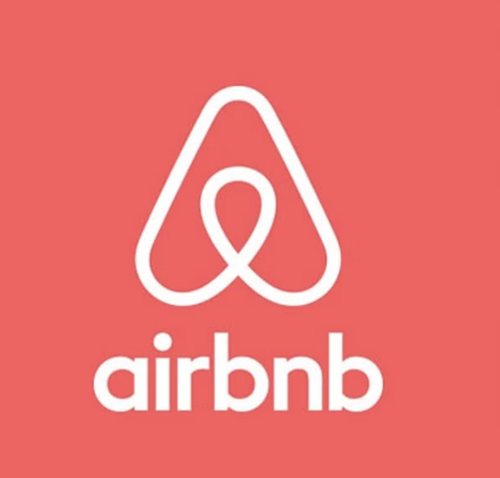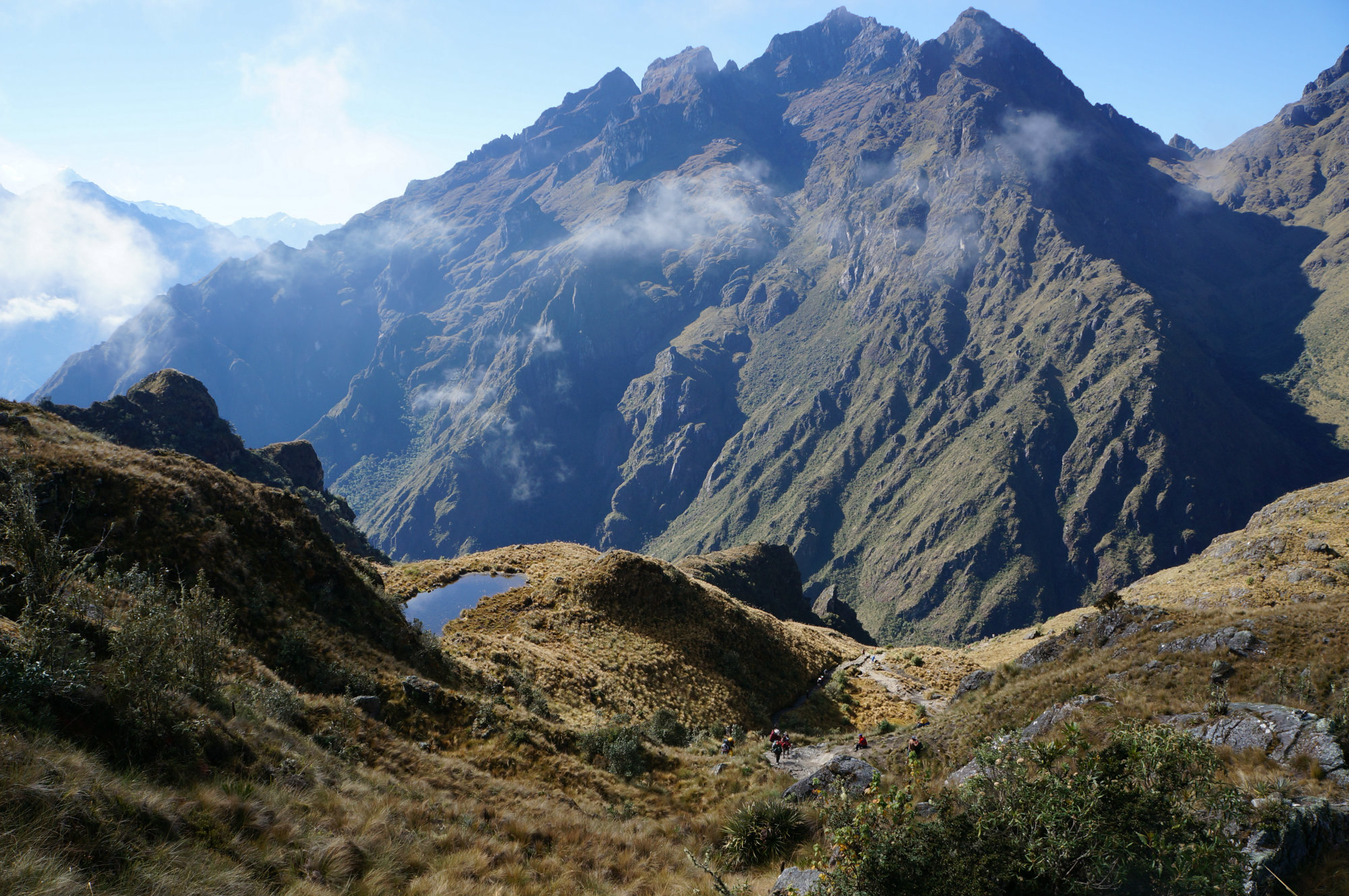
Delivery and Taxi Transportation Platform with Gig-Economy Marketplace eBook | February 27, 2021
The sharing economy has introduced a new wave of online marketplace apps and business models, where consumers and sellers are matched across a unique differentiated set of product inventory. This contrasts with traditional e-commerce platforms, where inventory is standardized and sellers are few. Online multi-sided marketplaces range from Uber and Lyft in gig-economy transportation of people with unique routes to DoorDash and Postmates in restaurant delivery with unique orders, Instacart and GoPuff in grocery delivery with unique pick-up and drop-off locations, TaskRabbit and Amazon Mechanical Turk with unique ad-hoc jobs, Turo and Boatsetter for individual car and boat rentals, Airbnb with unique one-of-a-kind accommodations, and Rover for dog care.
Each of these businesses has successfully created a marketplace that matches customers with a wide variety of sellers offering differentiated products or services, rather than standardized items. This creates a more complex system than traditional retail as it presents a complex optimization problem where we must balance the multiple needs across a diverse set of users - times/dates, locations, qualifications / features / amenities, availability, regional regulations, and so forth. Additionally, the rules and functioning of the marketplace need to be considered carefully to prevent gaming and ensure a fair and transparent marketplace for all parties.
In this 8-part e-book, we will design a multi-sided online marketplace encompassing multiple domains, subsystems, and applications, with principles which can be applied to a wide variety of marketplace and gig-economy use cases from taxi services (e.g. Uber, Lyft), to restaurant delivery (e.g. DoorDash, Postmates), to third-party deliveries (e.g. Instacart, Shipt, Convoy). We’ll focus on a complex three-sided marketplace use-case involving three distinct sets of users: customers making purchases, third-party vendors, and gig-economy drivers. By the end we will have designed a global transportation platform with multi-sided marketplace where (i) consumers can shop through a variety of vendors (3rd-party merchants or taxi services), (ii) have their goods or themselves delivered quickly – as quick as same-hour, (iii) by gig-economy drivers, (iv) either scheduled-ahead or on-demand, (v) all without merchants or taxi companies managing any of the logistical complexity.
We must balance: speed, low-cost, and accurate-ETA’s for customers; consistent, highly-available taxi & delivery services for third-party merchants and taxi companies; and fairness, transparency, and consistency for gig-economy drivers. The platform will support a wide range of transport speeds starting as quick as same-hour with low latency APIs to optimize the checkout flow for maximum conversion. We will support multiple pick-up and drop-off locations, given products and customers will be distributed. Finally, we will support multiple mechanisms for gig-economy drivers to obtain work, either scheduling work ahead to guarantee sufficient working hours or working on-demand with maximal flexibility, obtaining work in real time.
- Part 1: Introduction, Requirements, Mobile and Web Applications
- Part 2: Backend Infrastructure and Service Architecture
- Part 3: Vendor Management and 3rd Party Customer Shopping & Checkout
- Part 4: Transport Supply & Demand Management and Forecasting with Machine Learning
- Part 5: Route Planning, ETAs, and Dynamic Pricing with Machine Learning
- Part 6: Driver Onboarding, Preferences, Standings, Rewards, and Payments
- Part 7: Driver-Route Targeting, Pushed On-Demand Routes, and Precomputed Eligibility
- Part 8: Gig-Economy Route Marketplace for Schedule-Ahead Routes with Deferred Route Matching
The Economics of Multi-sided Market Design and Matching Theory | January 11, 2021
Market Design is the economic study of designing marketplaces to achieve specific desired outcomes using different mechanisms or rules. Auction Theory, Matching Theory, and Game Theory are related areas of study, with Auction Theory focusing on using prices to influence market outcomes, Matching Theory focusing on finding the maximal outcome of pairs of mutually-interested participants in a market, and Game Theory focusing on optimizing decision-making of independent competing actors. Marketplaces are distinct from centralized planning in that the market participants themselves make the decisions as opposed to a centralized planning system making the decisions. Marketplaces can be seen everywhere in our lives from in nature in how animals mate, to the traditional stock exchange clearinghouse where a buyer and seller are matched at an optimal price point, to auctions like that of radio spectrum to telecom providers, to modern online job boards, websites like Ebay, Amazon, Craigslist, and Airbnb, and gig-economy apps likes DoorDash and Uber.
We’ll go over Market Design and Matching Theory, four historic examples, what causes markets to fail, and finally the principles of good Market Design.
Continue reading (13 mins) >Software Architecture - Mapping, Navigation, and ETA System | January 2, 2021
Mapping and navigation functionality is all around us today, from dedicated applications such as Google Maps and Apple Maps to applications with built-in mapping capabilities like Uber, Lyft, Yelp, and DoorDash. These applications provide users the ability to see where they are located, their surroundings, geographical search functionality, and often both the route to a given location and an estimated time of arrival (ETA). The technology to support this geospatial functionality is complex and specialized. Here we will design our very own mapping, navigation, and ETA software solution supporting billions of users and hundreds of millions of points of interest.
Continue reading (17 mins) >Graph Theory and Shortest-Path Routing Algorithms | December 17, 2020
There are multiple classes of geospatial and routing algorithms within Graph Theory, each designed for different use-cases from finding the shortest-path between a single start and end location, to generating permutations of optimal routes covering all nodes in the network, to optimizing graphs through graph transformation, and many more. For example, one of the most famous problems in graph theory is the Four-Color-Problem, determining the possibility of coloring a map with just four colors where no region borders another region with colored the same color. In this article, we will focus on the shortest-path class of algorithms with a single start location as it is fundamental to the mapping navigation and ETA system we will build in a future architecture series article.
Continue reading (7 mins) >- Geospatial Indexing | December 2, 2020 Read (8 mins) >
- Software Architecture - Metrics and Alarms Monitoring System | May 17, 2020 Read (16 mins) >
- Software Architecture - Payments System | March 10, 2020 Read (15 mins) >
- Software Architecture - Hotel Reservation Booking System | January 23, 2020 Read (15 mins) >
- HTTP/3 with QUIC and TLS-1.3 | December 29, 2019 Read (11 mins) >
Featured Projects

Amazon Flex
2021
Distributed backend system design, implementation, and launch across 4 sub-systems including: Precompute, Deferred Resolution, Personalized Targeting, and Offer Vending.

Airbnb Notifications and Messaging Platform
2020
New modern backend to support realtime notifications and messaaging built on top of Websockets, Kotlin, Redis, GraphQL Subscriptions, and React.
Nike App Personalized Feed
2019
Backend system architecture for personalized user feeds on the Nike App including product recommendations, authored content by featured athletes, and social functionality.
Nike GraphQL Multi-Tenant Platform
2019
Multi-org platform exposing a common set of stateless aggregation gateways on top of Nike’s hundreds of microservice APIs, enabling a variety of unique clients to define their exact data schema requirements across services in a declarative query. This improved time-to-market through thinner clients with reduced network calls and data orchestration; no more overhead to build and support one-off aggregation layers; reusable functionality; and improved client performance by reducing the number and size of network calls required for client-applications.
Nike.com Containerization and API Service Blueprint
2018
Organizational strategy, best practices, and blueprint for containerization. Service modernization into the containerized cloud across 12 backend and frontend teams. Service template with component library and custom service-generataion CLI improving time to market. Weekly internal-community-organized meetup to evolve the inner-open-source monorepo project library.
Faster deployments (5x), quicker scaling (5x), and more frequent deployments (8x). Improved infrastructure utilization, improved integration testing with environment parity, and improved UAT testing with deployments of N-number of unique branches.
Nike Retail Auth
2017
Foundational authentication and authorization service enabling retail employees worldwide to use their regional point-of-sale (POS) credentials as SSO to access hundreds of cloud-based Nike Digital APIs. Implemented independently adhering to OAuth and OpenID-Connect standards to provide JWT-credentials with extensive penetration-testing and multi-region failover (disaster recovery).
Nike Retail Touchscreens
2016
An "Endless Aisle" – interactive retail touchscreens enabling customers to browse .COM product, facilitate checkout, and provide mapping/sign-up for Nike events. Deployed worldwide across 100+ Nike retail locations, 3 continents, and 4 languages.
Implementation involved an Electron/NodeJS-based touchscreen platform providing seamless integration, inter-app navigation, and messaging between multiple independently developed web applications; several JavaScript (React/Redux/NodeJS) touch-screen web apps; and high-availability/scalability AWS architecture with canary continous-delivery.
- Engadget – Nike's new store in New York City is loaded with tech
- Business Insider – Nike is opening a 55,000-square-foot store of the future in NYC
- Nike.com – Nike Miami First Look
Department of Energy
2015
Multi-office platform built on the Drupal 7 framework providing a web presence for over 60 offices. Streamlined automation scripts with Jenkins. Mapbox integration for rich visualizations. Sophisticated publication workflow for reviewing of content with minimal developer assistance. Responsive design for a quality experience across a wide range of devices. Multi-region failover.
Phone Call Notes
2014
Android Java mobile app giving users the ability to take notes on phone call conversations, mapped to contacts. Google Play Store with hundreds of downloads and a 5-star average review.
Bassmaster
2014
Drupal 6 platform with accompanying Angular / Cordova mobile app for iOS and Android. Serves the half-a-million strong Bass Anglers Sportsman Society.
IRS
2012
Full-stack software development to expand IRS website with various functional, content, and UI changes.
and many more...

